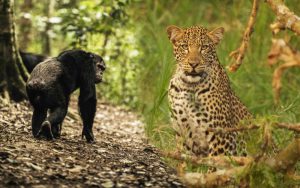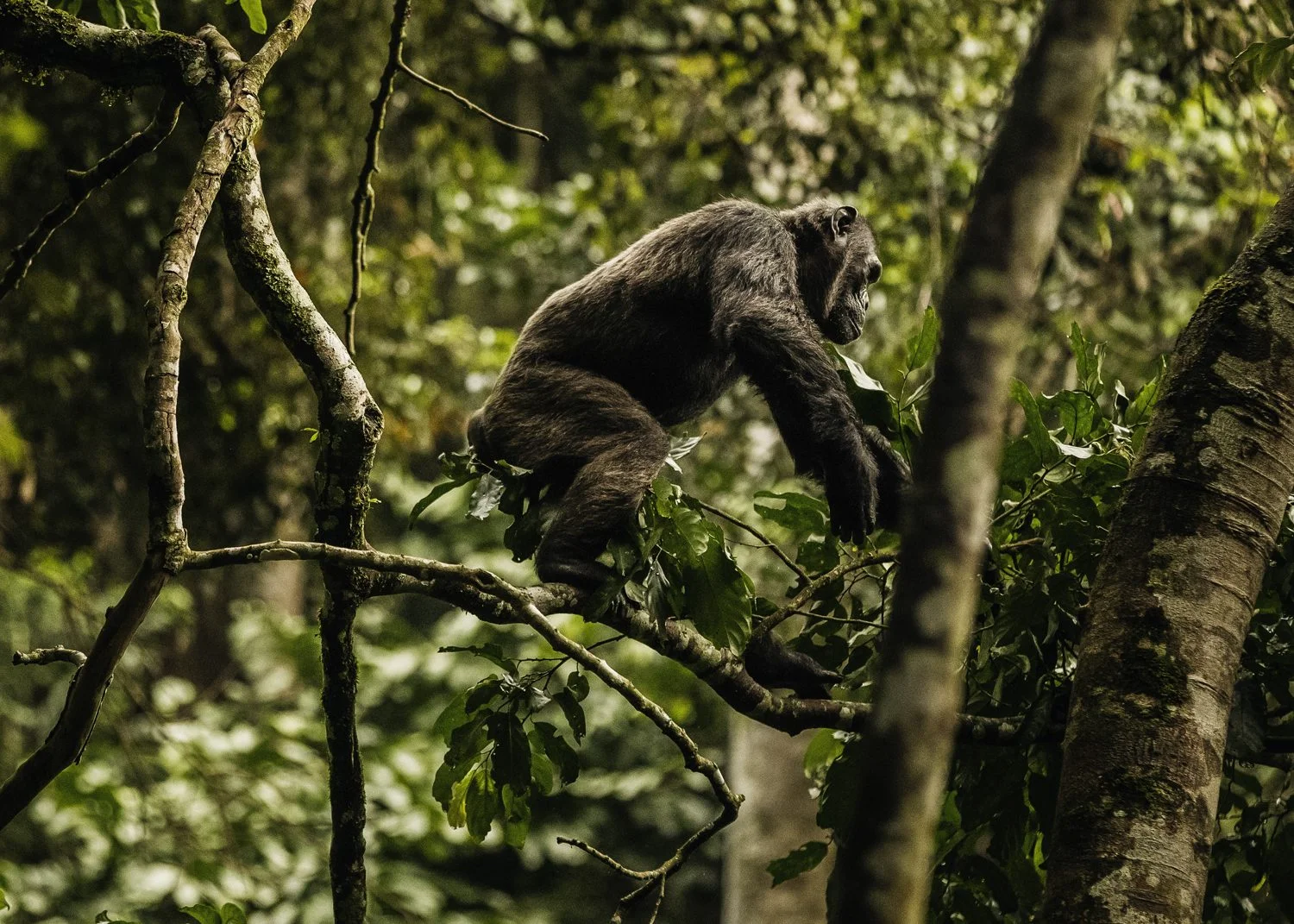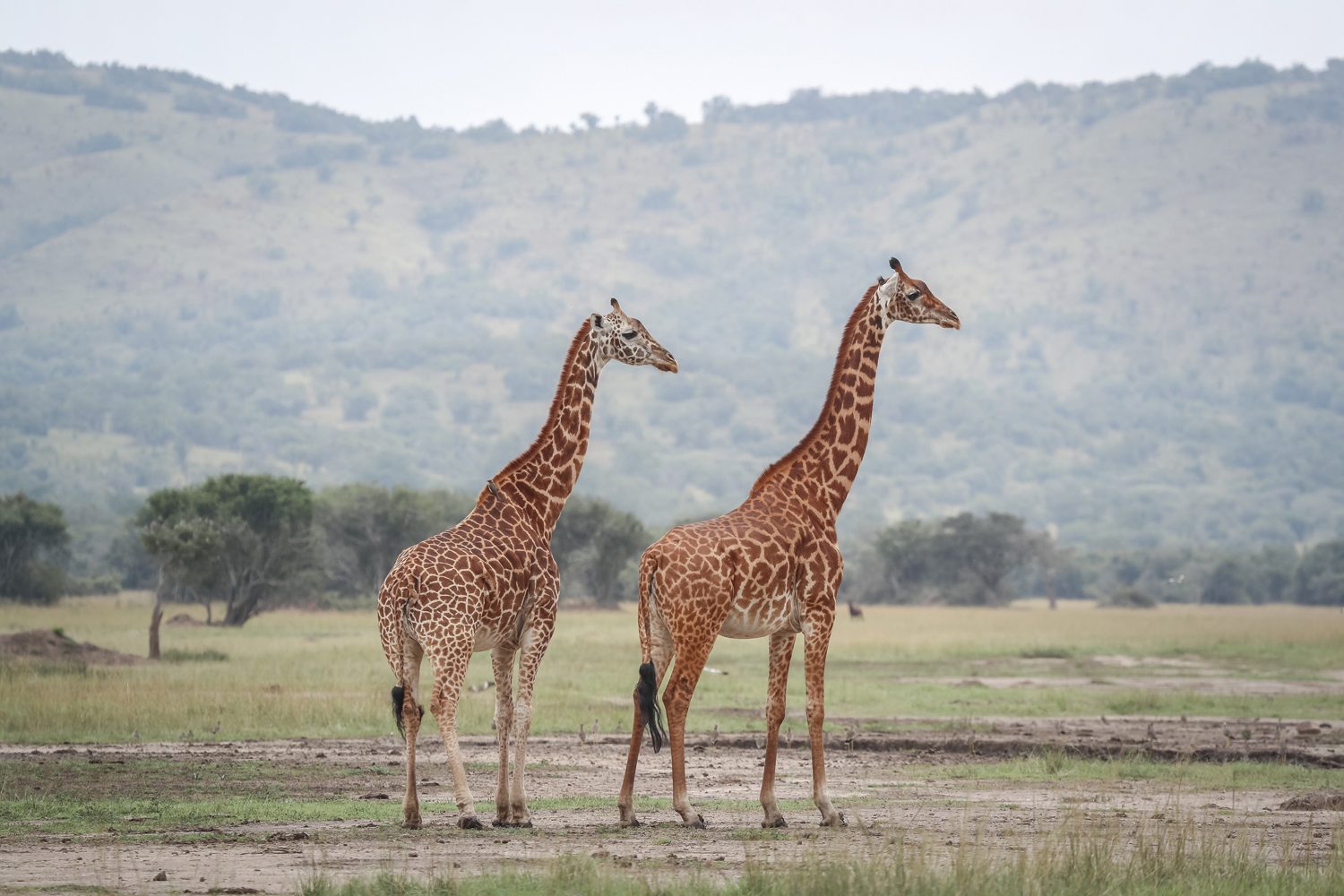The Nyungwe rainforest is located in southwestern Rwanda, at the border with Burundi, to the south, and Lake Kivu and the Democratic Republic of the Congo to the west. The Nyungwe rainforest is probably the best preserved montane rainforest in Central Africa. It has a wide diversity of animal species, making it a priority for conservation in Africa.
This majestic rainforest is filled with nature and wildlife experiences for you to emerge yourself in. Hiking or even biking the beautiful terrain, Tracking Chimpanzees in Nyungwe, experiencing the canopy walk, witnessing beautiful birds, relaxing by waterfalls are just a glimpse of activities that Nyungwe offers.
Numerous community based tourism initiatives have been launched in the Nyungwe National Park to enhance the preservation of Rwandan culture, and one such project is the Kitabi Cultural Village. Situated at the eastern edge of the park, the cultural village features a campsite, a restaurant and for those interested in Rwandan history, a model of the king’s palace. The Village also offers three different day trips that bring traditional Rwandan culture to life for visitors with activities such as a dance ceremony, banana beer production and bow-and-target shooting. And you can stay in traditional Rwandan thatched hut accommodation.
Another location in the Nyungwe National Park offering a community-based tourism product is the Banda Village. Located in the heart of the park and easily accessible via a downhill hike from the end of the Canopy Walk, the village provides visitors the opportunity to learn more about Rwandan culture through community walks where activities such as traditional medicine making and maize-grinding are performed and taught. And if you book an overnight trip, you’ll be treated to a special fire-making ceremony and dance reserved for overnight visitors.


Visitors to Nyungwe National Park can experience the rainforest from a new perspective: the Canopy Walkway. Hanging 60 meters above the forest floor between giant trees and towers, East Africa’s only Canopy Walkway provides a stunning view of the park’s amazing wildlife and nature. The Walkway is accessible as part of a specialized guided tour along the Igishigishigi trail or if you’re not part of a tour, hiking the Imbaraga or Umuyove trails.


The home of roughly 400 species of chimpanzees, Nyungwe is home to one of East Africa’s last intact populations and boasts two wild chimp communities that welcome guests (one in Cyamdungo and other around Uwinka). Thus, it’s not surprising that chimpanzee tracking is a popular activity in Nyungwe (especially when the park’s trees are in full bloom during the summer) as well-trained guides often lead visitors through the park’s forests. And while actually viewing chimpanzees is not guaranteed, you’ll enjoy learning about these creatures and their natural habitats from your guides. But you’ll probably have to get up around four a.m. to succeed in this very challenging activity as chimps are mostly likely to be seen early in the morning.
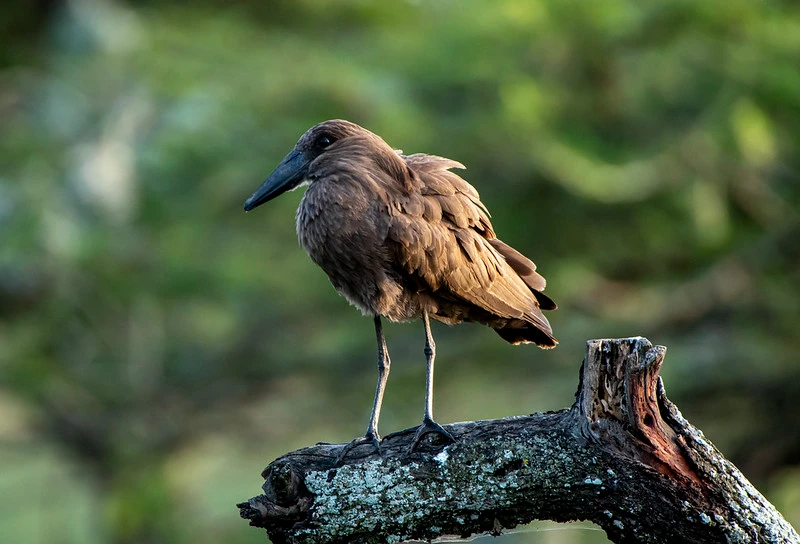

Described by Birdlife International as “the most important site for biodiversity conservation in Rwanda,” the Nyungwe National Park is home to roughly 310 bird species, 27 of which are endemic to the Albertine Rift. Although actually spotting birds in the park’s forests may be challenging, the bird songs you’ll hear during the trek will surely make it more enjoyable. If you would like to learn about birds you might see and hear. The guides so knowledgeable about birdlife in Nyungwe they can identify birds by ear, such as the rwenzori turaco and grey-chested kakamega.
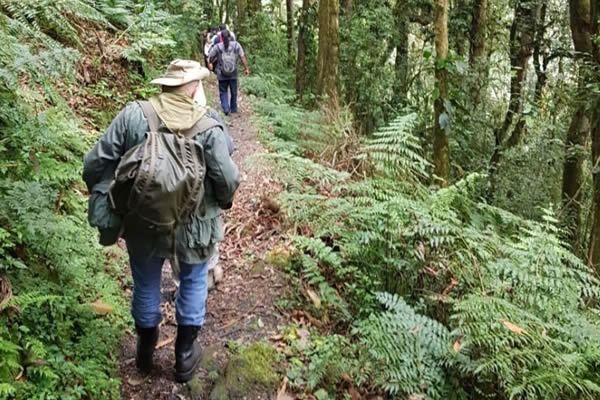

Nyungwe’s steep landscape makes it as an ideal destination for hikers – whether they’re novices or experienced – as the park boasts an extensive network of hiking trails. The trails are blessed with an amazingly diverse landscape and represent the most scenic way of exploring the forest. The ones listed below are a must for travelers seeking a challenging, yet enjoyable experience
Destination: Akagera National Park / Kigali City / Nyungwe / Volcanal National Park
Price Per Person:
$ 9.600
Free Cancelation

